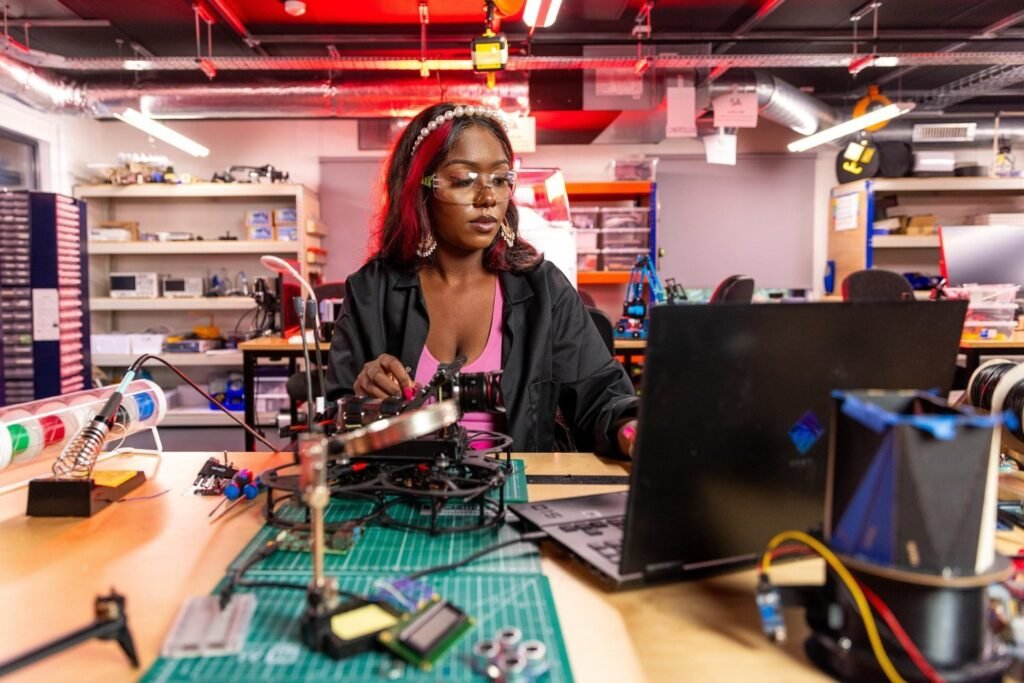What’s up with nanorobotics and how it’s gonna change everything?

One of the most exciting fields in emerging technology is nanorobotics, which has the potential to transform industries like medicine, electronics, and more. Even though it’s still in its early stages, the advancements being made could revolutionize the way we engage with the world.
## What is nanorobotics?

Nanorobotics involves creating incredibly small robots, usually less than 100 nanometers in size. These robots can move in a controlled manner and manipulate materials at a molecular or atomic level.
This field has diverse applications in areas such as:
– **Medicine:** Using nanorobots to deliver drugs precisely or repair damaged cells.
– **Electronics:** Manufacturing advanced materials with atomic precision.
– **Environment:** Removing contaminants on a microscopic scale.
While nanorobotics is still in the development phase, its potential to revolutionize entire industries is significant.
## Origins of nanorobotics
The concept of nanorobots may seem recent, but its origins go back to the mid-20th century. Physicist Richard Feynman proposed the idea in 1959, laying the groundwork for nanotechnology.
It wasn’t until the 1980s that the term “nanorobot” started to be used. As technology progressed, the possibility of creating autonomous microscopic devices became more feasible.
Some key milestones in this field include:
– **2003:** Development of the first autonomous nanorobot capable of movement.
– **2005:** Manipulation of individual nanoparticles using electrical impulses.
– **2012:** Control of nanoparticles with visible light for detection and modification.
Today, researchers are working on enhancing the control and functionality of these robots in real-world environments.
## Current and future applications of nanorobotics

### Precision Medicine
Nanorobotics has the potential to make a significant impact in medicine. Designing nanorobots that can deliver drugs to specific cells could enhance treatment effectiveness with fewer side effects. Research is also exploring their use in targeted therapies like cancer and tissue repair.
### Advancements in the Electronics Industry
In the tech world, nanorobotics already plays a vital role in manufacturing microprocessors and electronic components. Advanced nanotechnology techniques are used to create increasingly smaller transistors. The goal is to shrink circuit sizes while boosting efficiency, leading to faster devices with lower energy consumption.
### Nanotechnology in Materials and Environment
Nanorobotics is also being applied in developing new materials. Examples include:
– **Smart paints and glasses:** Surfaces with nanoparticles that repel water, provide thermal insulation, or generate energy.
– **Contaminant cleanup:** Nanorobots designed to efficiently remove toxic waste or purify water.
From innovative materials like smart paints and glasses to environmental cleanup, nanorobotics is transforming various industries with its small yet powerful technology.
The integration of technology into daily life is on the rise, enhancing communication, organization, health, safety, and productivity. Nanorobotics is just one of the innovations that could redefine how we interact with our environment. As its development progresses, its applications are likely to expand, pushing technology to new heights.




